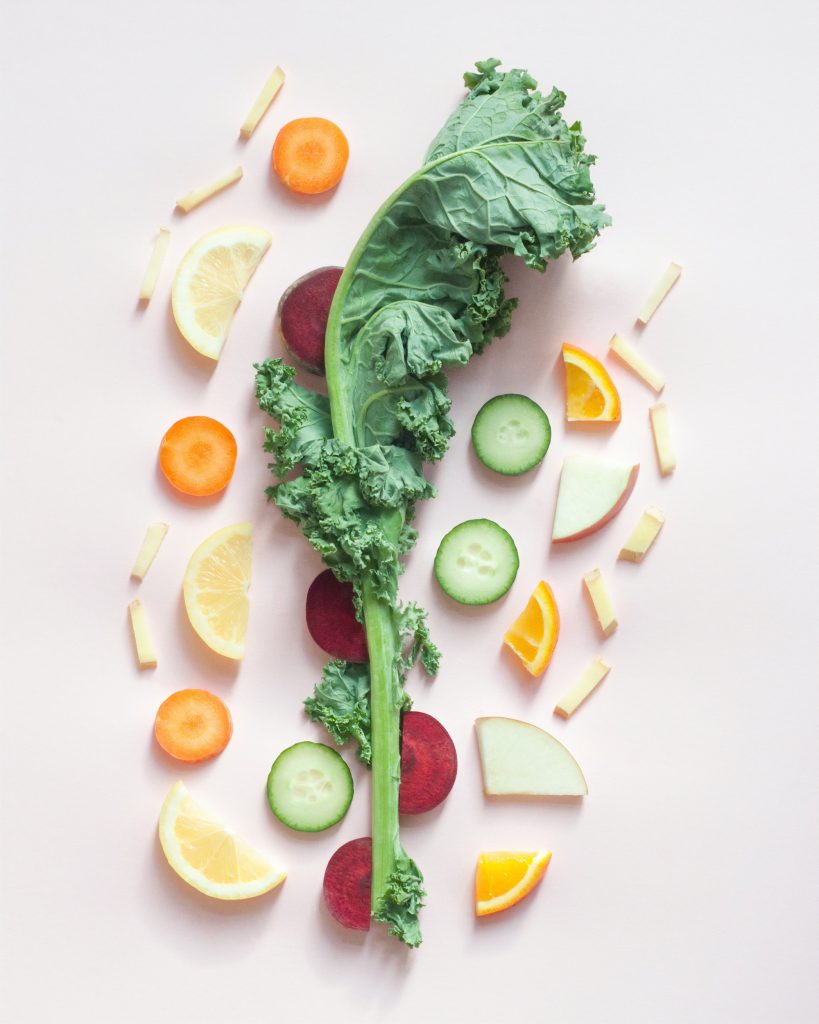 Freeze dried foods are flash frozen and then dried.
Freeze dried foods are flash frozen and then dried.
Because their bulk and weight have been greatly reduced, dehydrated foods are more compact and convenient for storing and require very little space. They offer quick mobility in the event of an evacuation alert. For example, one case of regular canned food weighs approximately 24 pounds. The same item of dehydrated foods would weigh from 36 to 45 ounces, and would be packed in just one #10 can. Dehydrated foods have approximately double the yield of regular canned foods even though their cost is much lower.
Most of us already eat dehydrated foods daily. Foods like pasta, cereal, beans, cake and baking mixes, as well as many fast foods. In dehydrating foods, water is slowly removed by cooking it out of the food item, without cooking the food itself.
You can see how the Freeze drying process works:
Freeze drying is a process which is suitable for a wide variety of industrial products. These include agrochemicals, pharmaceutical intermediates, biological products, foods and flavorings.
The purpose of freeze drying is to remove a solvent (usually water) from dissolved or dispersed solids. It is an excellent method for preserving materials that are unstable in the presence of water. In addition, freeze drying can be used to separate and recover volatile substances and to purify materials.
The freeze drying process is particularly suitable for products which are sensitive to heat, subject to oxidation, or shear sensitive.
- Appearance – Freeze dried foods maintain their original shape and texture, unlike air dried foods which shrink and shrivel due to high temperature processing. Just add water and in minutes the food rehydrates to its original form.
- Taste – Tastes as good as fresh. Freeze drying removes the water, not the flavor. So freeze dried foods retain virtually all their fresh food taste, vitamins and nutritional content.
- Weight – Weighs less than fresh. Freeze dried foods have 98% of their water removed. This significantly reduces the food’s weight, making it easier to handle and less costly to transport. For example, 3kg of chicken weighs only 1kg after freeze drying, and rapidly rehydrates back to its original weight.
- longest possible storage life – Freeze dried foods can be stored for months or years at room temperature without deterioration or spoilage.
- Low Storage Costs – Because it can be stored at room temperature, freeze dried food does not require costly cold or chilled storage facilities, making it much cheaper to store.





